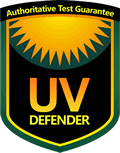Artificial Turf Installation: DIY vs. Hiring Professionals
- 2023-10-11
Picture this: a lush, verdant lawn that stays green year-round, without the fuss of mowing, watering, or battling weeds. For homeowners and businesses longing for a low-maintenance outdoor oasis, artificial turf has emerged as the ultimate choice.
However, achieving that flawless green carpet-like appearance depends largely on the quality of installation. This article explores the long-standing dilemma of DIY (Do It Yourself) vs. hiring professionals for artificial turf installation and helps you make an informed decision.
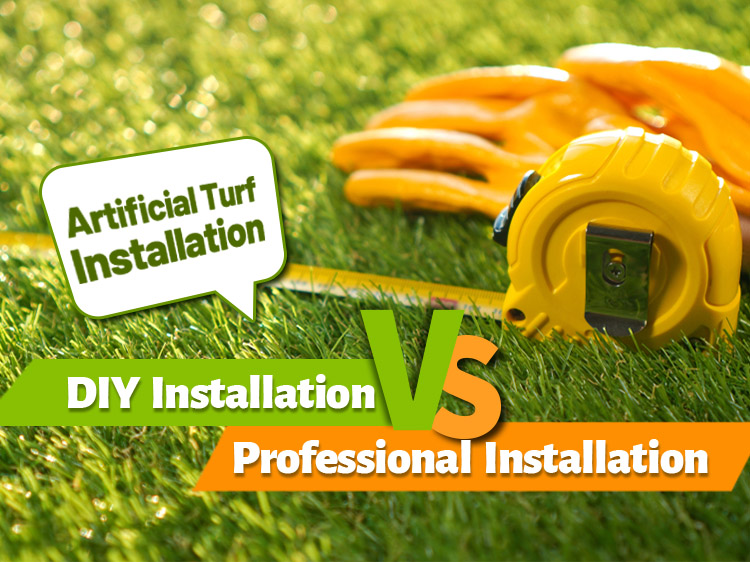
Table of Contents
ToggleUnderstanding Artificial Turf Installation
Before diving into the DIY vs. Professional debate, it’s essential to understand the basic process of artificial grass installation. The installation process typically involves several key steps, including:
Step 1: Plan and prepare
Begin by designing your desired layout, selecting the ideal type of artificial grass, and calculating the precise amount.
Step 2: Clear the area
Thoroughly remove any existing grass, roots, and debris from the area to create a clean foundation for your artificial turf installation.
Step 3: Build a solid foundation
Dig 2-3 inches into the soil, level it, and spread the crushed rock evenly. Compact it with a roller or vibrating plate for a smooth base. Add a weed barrier fabric to prevent weeds. For children’s play areas, consider a shock pad for added safety.
Step 4: Lay the turf
Unroll the artificial turf onto the prepared area, mark any adjustments needed, and cut it to fit your layout.
Step 5: Seam the turf
Join the sections of turf using seam tape, adhesive, and U-shaped nails, making sure the seams are securely fastened. It’s advisable to have at least two people for this task to achieve a tidy finish.
Step 6: Handle obstacles
When faced with trees or curved objects, make relief cuts in the turf for smooth bending.
Step 7: Apply infill and final touches
Evenly distribute infill material to achieve a consistent appearance. Afterwards, use a broom to brush the turf’s bristles for a natural look.
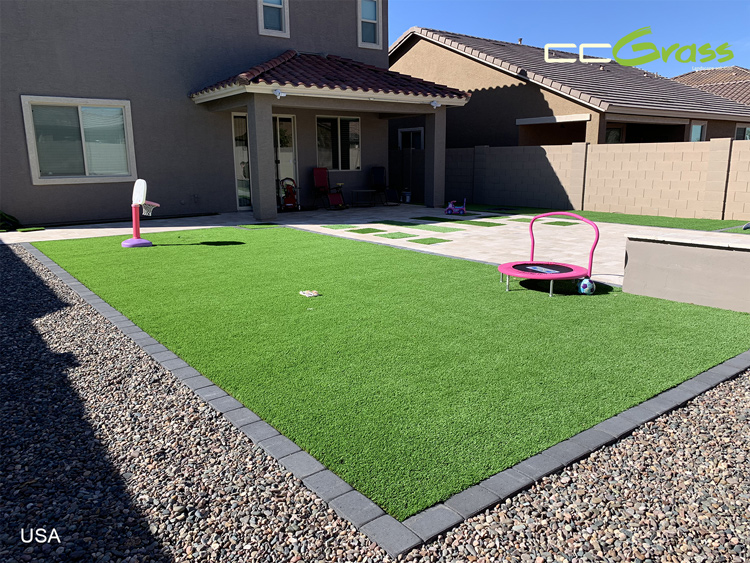
Pros and Cons of DIY Artificial Turf Installation
Pros of DIY installation
1. Cost savings: One of the most significant advantages of DIY installation is cost savings. You won’t need to pay for professional labour, potentially reducing the overall project expenses.
2. Flexible schedule: DIY projects allow you to work at your own pace and on your own schedule. This flexibility can be particularly advantageous if you have a busy lifestyle or prefer to spread the project over several days or weekends.
3. Learning and satisfaction: Choosing to install artificial grass yourself not only fosters hands-on learning but also provides a profound sense of personal accomplishment. It helps you develop valuable skills and a deeper appreciation for landscaping.
Cons of DIY Installation
1. Time and physical demands: DIY artificial grass installation is time-consuming and physically demanding. Plan for at least two full days of work, potentially more for larger areas. Since artificial grass rolls are heavy, you’ll require assistance for lifting and positioning them.
2. Aesthetic imperfections: Inexperienced DIY installers may inadvertently create lumps, bumps, mismatched seams, or ragged edges during the installation process, possibly compromising the turf’s realistic appearance.
3. Quality and warranty concerns: There is a risk that the quality of the installation may not meet professional standards. This can affect the durability and longevity of the product, potentially voiding warranties.
4. Tools and equipment: DIY installations may necessitate the purchase or rental of specialized tools and equipment, which can add to the overall cost.
Pros and Cons of Professional Artificial Turf Installation
Pros of professional installation
1. Expertise and experience: Professional installers bring years of experience to the table. They are well-trained and equipped to handle various installation challenges.
2. Assured quality, and enhanced appeal: Opting for professional artificial turf installation guarantees top-notch workmanship. Professionals expertly handle every detail, eliminating common issues like gaps, bubbling, or warping. The outcome is a stunning, long-lasting turf that enhances your property’s aesthetics.
3. Time and convenience: Hiring experts can significantly expedite the project, allowing you to enjoy the benefits sooner and saving you valuable time and effort.
4. Warranty coverage and peace of mind: Professional installations typically come with warranties, providing peace of mind knowing that any issues will be addressed promptly at no additional cost.
Cons of professional installation
While professional installation offers numerous benefits, it does come at a higher initial cost compared to the DIY approach.
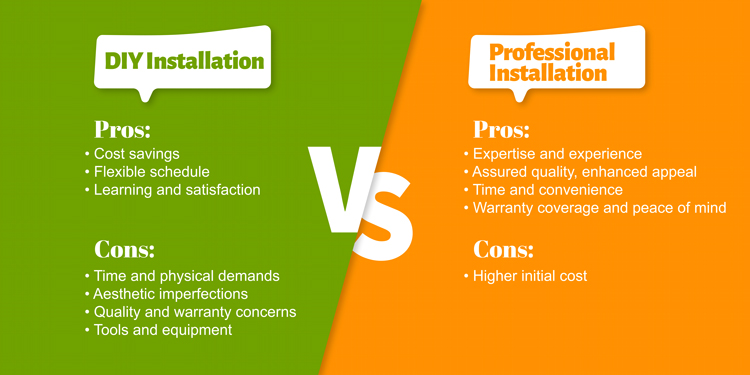
Making Your Decision
Choosing between DIY and professional installation should be a well-thought-out decision.
To help you make the right choice, consider the following factors:
Factors to consider when choosing DIY
1. Budget constraints: If you have a limited budget and are comfortable with the DIY approach, it might be an attractive option. Keep in mind that while DIY may initially save you money, any mistakes or issues down the road could incur additional costs.
2. DIY skills and experience: Evaluate your skills and comfort level with DIY projects. Do you have prior experience with landscaping or similar tasks? Installing artificial turf requires a sufficient amount of patience, attention to detail, and a willingness to acquire the necessary knowledge of turf installation.
3. Project size and complexity: Smaller, less complex projects are suitable for DIY, such as a simple rectangular backyard. However, as the project gets larger or more intricate, with multiple seams and complex designs, it becomes more advisable to hire a professional installer.
Factors to consider when opting for professional installation
1. Difficult soil conditions: Installing artificial turf often involves a three-inch soil excavation. For challenging soil conditions like rocky terrain, thick clay, or extensive root systems, professionals have the expertise and equipment to handle it, saving you from physical strain and setbacks.
2. Quality expectations: Hiring experts is the way to go if you desire a lawn with no dips, pockets, or gaps, and a consistently high-quality look. It ensures not only a better finish but also long-lasting durability for your turf.
3. Complexity of the project: Professional installers excel in managing complex projects, including slopes, multiple levels, intricate designs, and specialized features like putting greens – which require an even more specialized skillset.
Conclusion
In the end, the choice is yours. While professional installation is our top recommendation, especially for complex projects, we acknowledge that it may not be the ideal fit for everyone.
The peace of mind and expertise professionals offer are valuable, yet your budget and DIY skills should not be overlooked. We hope this article guides you in making the best decision for your artificial turf installation project.


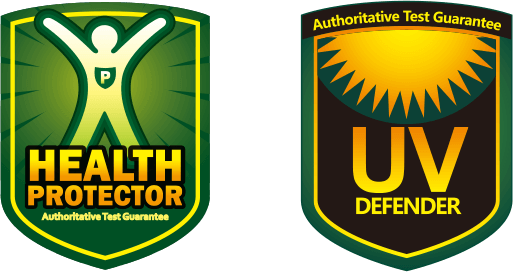


 Tel:
Tel:  E-mail:
E-mail: 